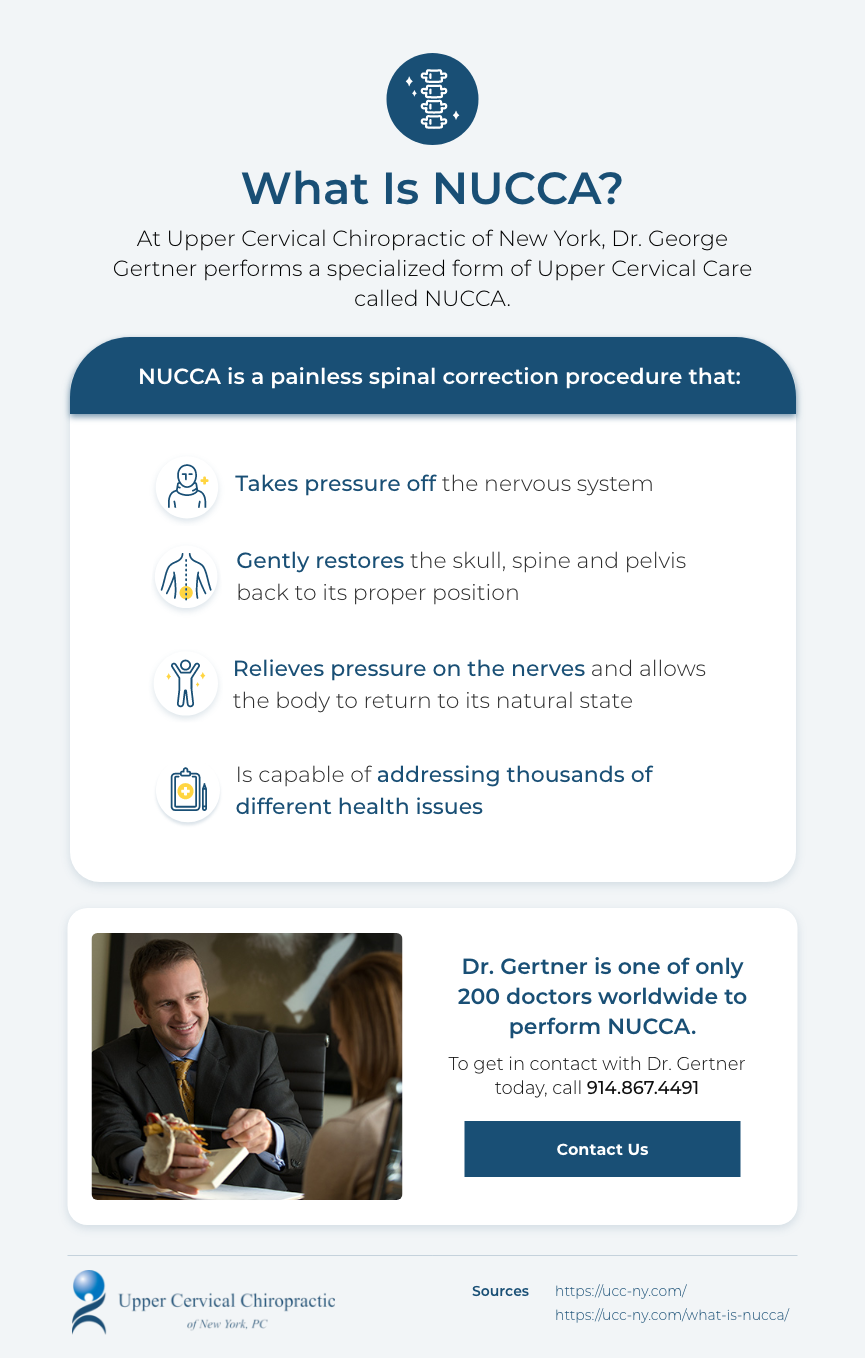What is NUCCA Chiropractic Care?
Speak to a DoctorThe NUCCA Treatment
NUCCA is a highly-effective, painless spinal correction procedure that takes pressure off the nervous system and gently restores the skull, spine, and pelvis back to its proper position. NUCCA treatment takes pressure off the nerves and allows the body to return to its natural, healthy state.
Dr. Gertner is one of only 200 doctors worldwide to perform the advanced spinal correction called NUCCA.
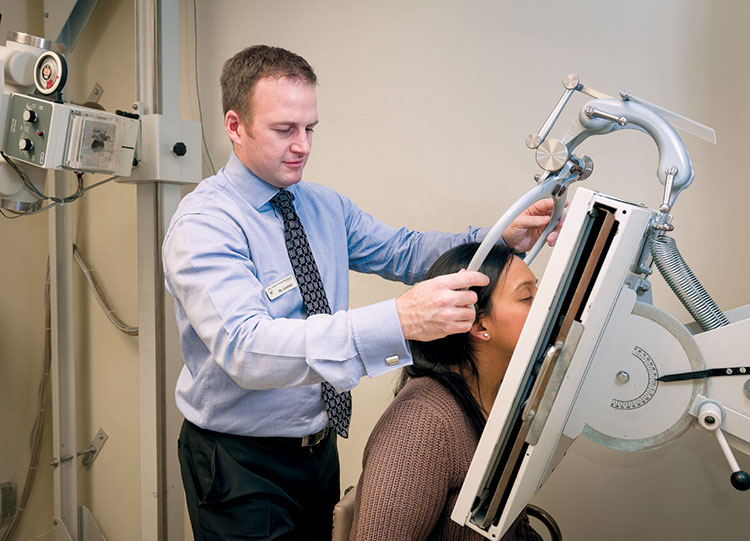
The National Upper Cervical Chiropractic Association (NUCCA) is a nonprofit organization dedicated to research, education, and patient care based on a safe, gentle, and painless system of spinal correction that is unique–even among those in the chiropractic profession.
The practice of chiropractic was established in 1895 by Daniel David Palmer, who founded the Palmer College of Chiropractic in Davenport , Iowa. “During the 1940s, John F. Grostic, DC (Doctor of Chiropractic), and Ralph Gregory, DC, who founded NUCCA in 1966, developed the Grostic technique. The Grostic technique is a precise, gentle method for adjusting the Atlas vertebra. The current upper cervical technique, which is practiced by NUCCA, is a refinement of the Grostic technique. (For more on the history of NUCCA, go to http://www.nucca.org.)
WHAT IS THE NUCCA TECHNIQUE?
NUCCA practitioners focus on very specifically and gently adjusting the Atlas vertebra, bringing it back to its proper position. The Atlas, or the topmost bone in the spine, located just below the brain stem–is the first of the 7 vertebrae in the spine known as the cervical spine (C spine). Thus, the Atlas is also called C-1.
The Atlas vertebra gets its name from the mythical Greek hero Atlas, who was forced–by the god Zeus–to bear the sky on his shoulders; the Atlas vertebra, in similar fashion, supports the weight of the head. The Atlas is the only vertebra that does not have a disc above or below it; thus, the Atlas is the only freely movable vertebra in the spine. This movement allows the skull to rotate, but because of this movement, is also subject to injury and easy misalignment. When the Atlas misaligns, compression of the brainstem may result; this compression can affect nearly every body function. Thus, the Atlas must be perfectly aligned to enable the brain to properly communicate with the rest of the body.
Many of the symptoms that occur lower down the spine (in the lower back, or lumbar spine, for example) are caused by a subluxation, or misalignment, higher up–at the Atlas vertebra. Thus, attempting to restore nerve flow to individual nerve roots in the lower spine cannot be effective if the Atlas and cervical spine are not receiving a normal nerve supply.
Why choose NUCCA care?
When most people think about traditional chiropractic care, they think of neck pain, back pain, or muscle aches. At UCC-NY, we are able to naturally restore the health to individuals suffering from thousands of different health issues. This restoration of health is accomplished by using the NUCCA procedure to restore proper body balance. With proper body balance, the nervous system will function optimally and the body can begin to heal naturally, without the use of dangerous drugs or surgery. As practitioners of NUCCA treatment, we believe in the holistic approach to health–treating the whole person and not just chasing after symptoms.
Using state-of-the art diagnostic technology we are able to detect and then correct what we consider to be the fundamental cause of many health problems–atlas subluxation.
SOURCES:
Peterson DH, Bergmann BF. Chiropractic Technique: Principles and Procedures. 2nd ed. St. Louis : Mosby, 2002.
National Upper Cervical Chiropractic Association Web site. Available at: http://www.nucca.org. Accessed March 6, 2005.
Palmer College of Chiropractic Web site. Available at: http://www.palmer.edu. Accessed March 13, 2005
Diagnostic Overview
Additionally, measurements are taken to determine the appropriate NUCCA treatment plan and correction angle.
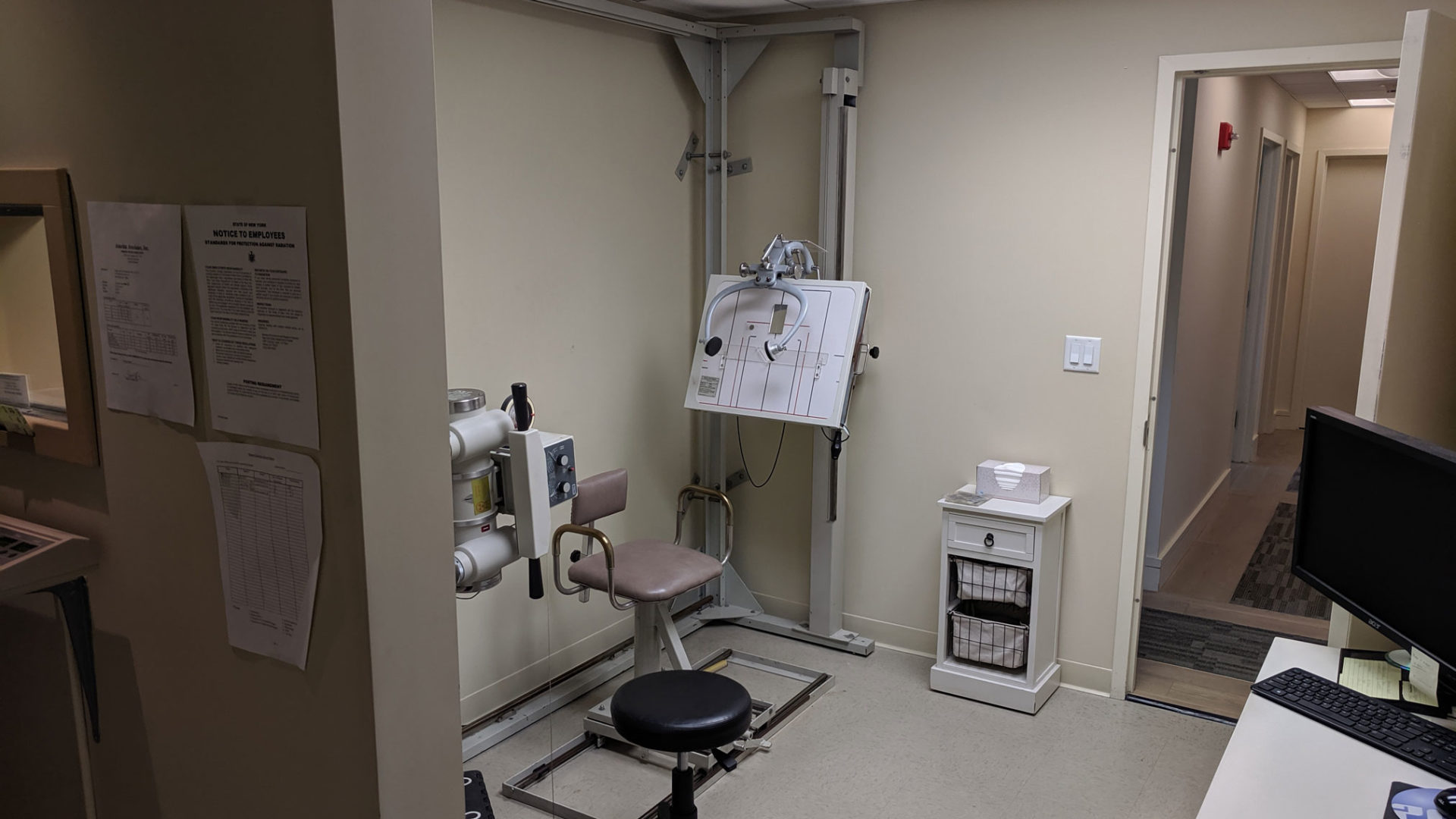
PARASPINAL DIGITAL INFRARED IMAGING
Paraspinal digital infrared imaging (DII) is a diagnostic technique that uses a small, hand-held device to measure and compare skin temperature–near the spine–for any signs of nervous
Imaging is taken before and after your first adjustment and throughout your treatment to ensure proper care is administered.
The imaging equipment is available in the office so you don’t have to go back and forth scheduling visits at third party medical facilities.
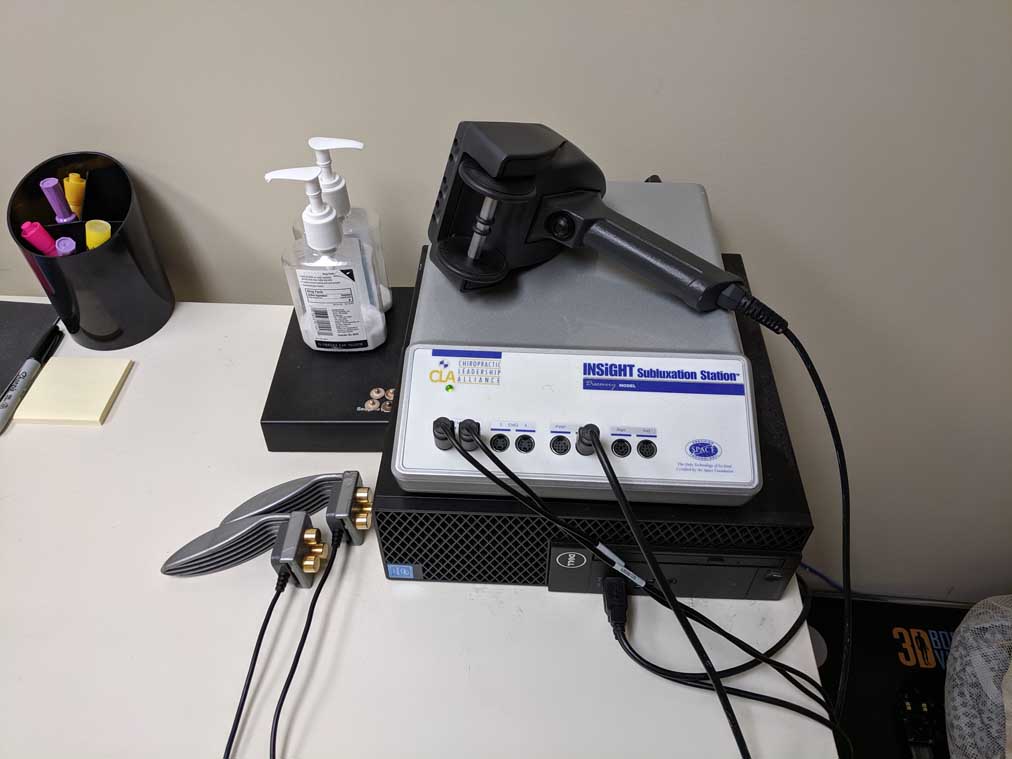
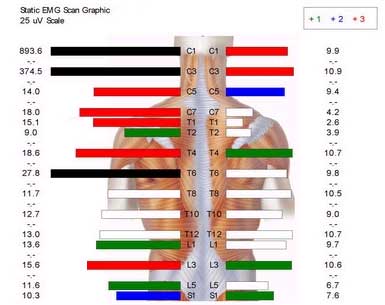
PARASPINAL EMG SCANNING
Similar to infrared imaging, Paraspinal EMG uses the same device, but in the case of EMG, measures muscular electrical signals.
The Paraspinal EMG is a specialized technique designed to evalutate groups of parspinal muscles.
PRECISION LASER-ALIGNED X-RAY
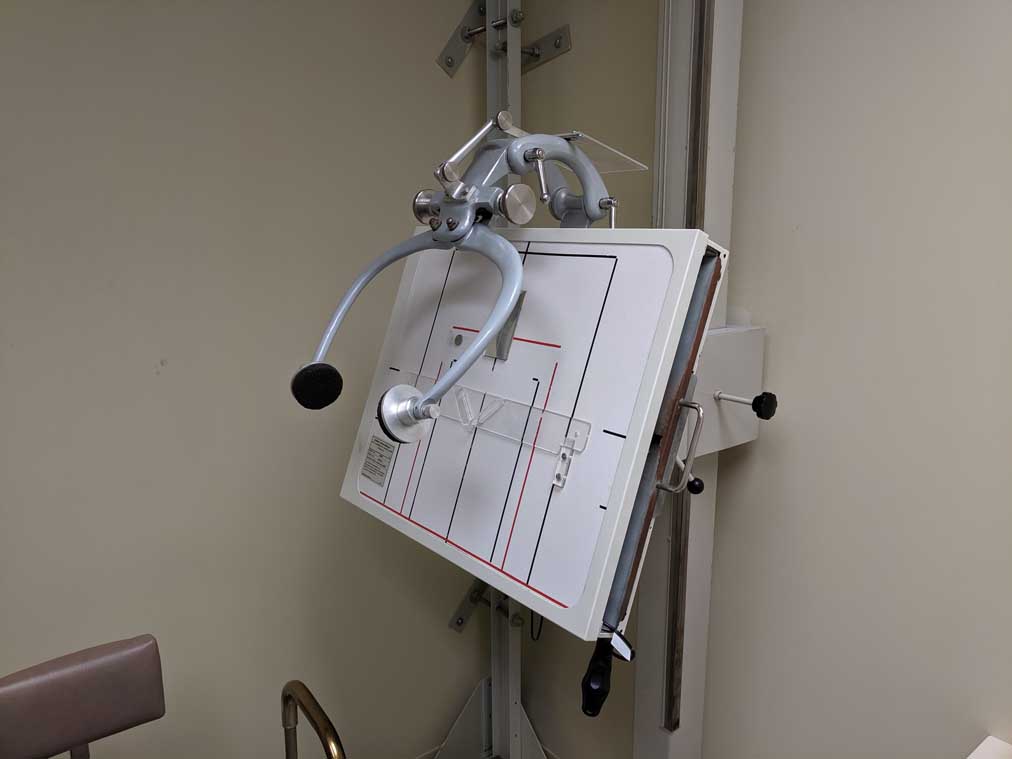
Unlike standard x-rays, precision laser-aligned x-ray equipment is carefully adjusted for accuracy using laser technology and is held in place by a special frame to maintain that adjustment.
During a patient’s initial examination, it is important to determine the exact position of the upper (cervical) spine. Standard x-ray technology is inadequate for this purpose because it is less accurate. The image may be distorted if, for example, the equipment is not aligned properly or if the patient is not positioned correctly. In evaluating many conditions, this distortion is not significant. In a spinal evaluation, however, accuracy is of the utmost importance. Even a slight distortion of the image can lead to inaccurate diagnosis and faulty treatment.
Unlike standard x-rays, precision laser-aligned x-ray equipment is carefully adjusted for accuracy using laser technology and is held in place by a special frame to maintain that adjustment.
The x-ray images are analyzed according to strict NUCCA guidelines to determine whether any subluxations (displacements) of the upper spine are present. Every effort is made to keep x-ray exposure to a minimum.
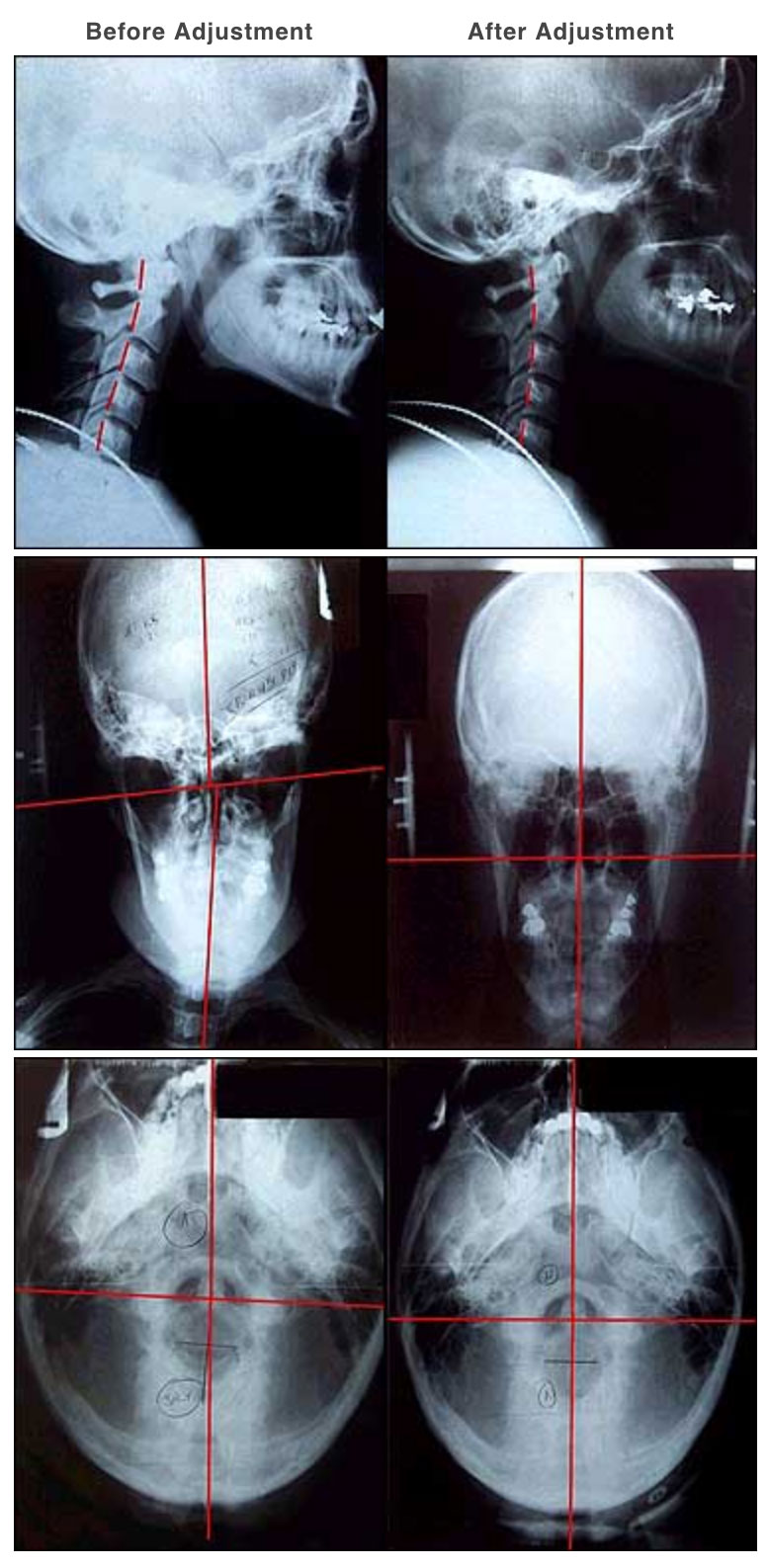
Conditions Helped
Subluxation, can cause issues throughout the body manifesting in a variety of diseases.
View our Conditions Helped pages to see a non-exhaustive list of conditions the NUCCA procedure may help with. For more information, give us a call.
We’re here for you
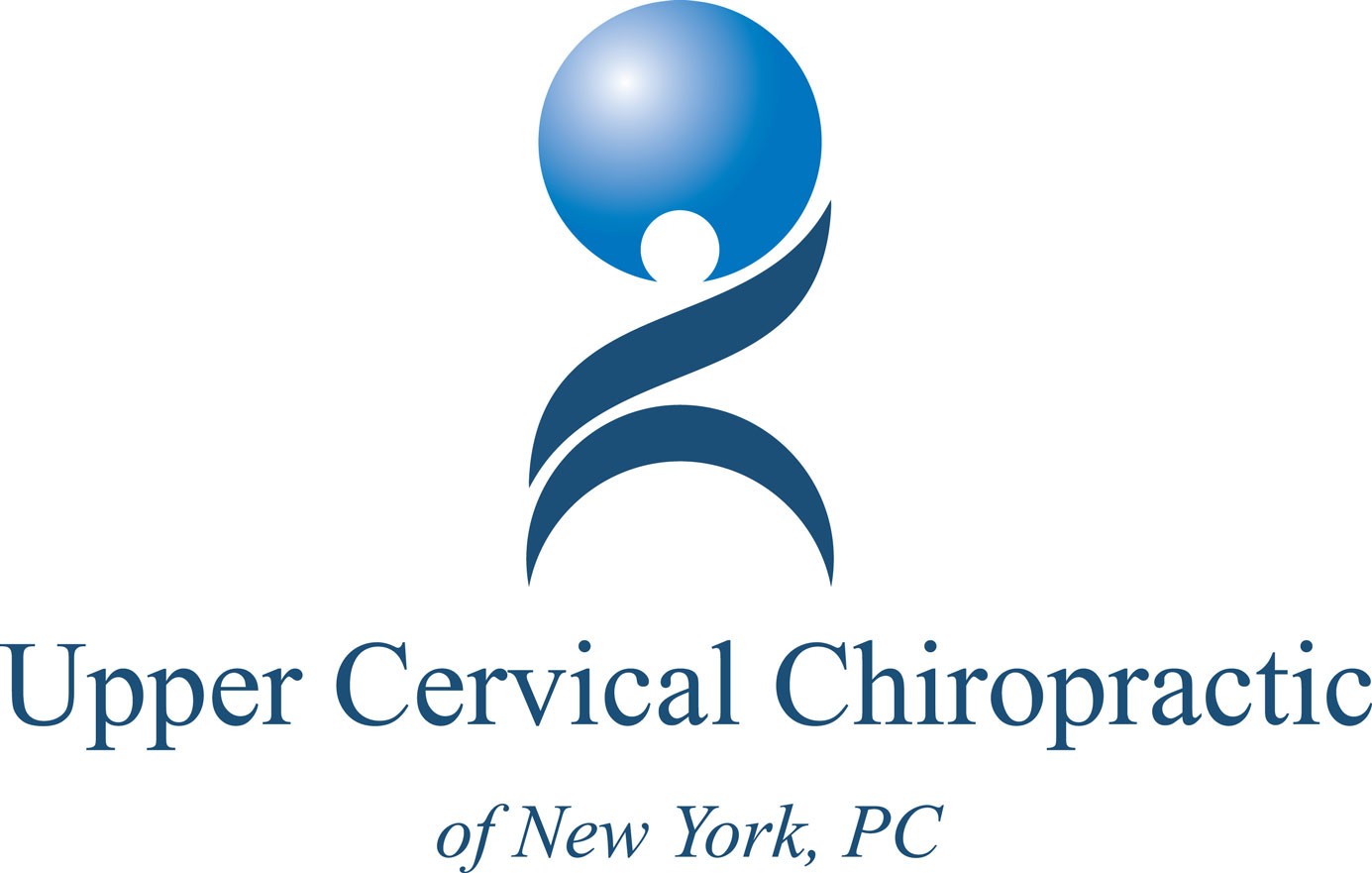
Your health is worth a 5-minute phone call.
Schedule a call back to speak to one of our doctors.
or give us a call today: (914) 686-6200


